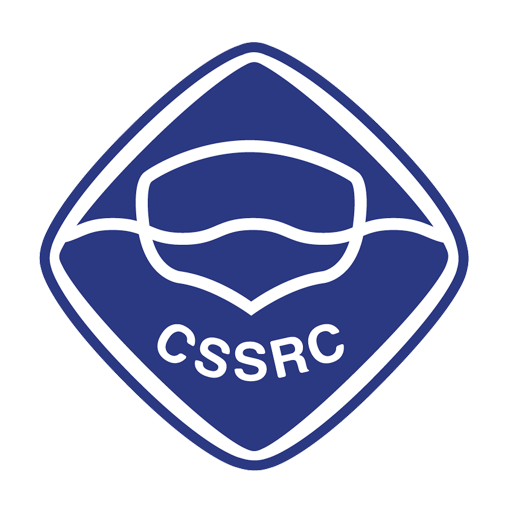Contents
Influence of six small rotating rods on flow characteristics of main cylinder
TU Jia-huang, XIAO Yi-fan, HUANG Lin-xi, et al. (323)
Data-driven prediction of fluid-structure interaction based on CNN model
WANG Chen, XU Tian-yu, XIE Yu-lin, et al. (331)
Local Scour Test under Reciprocating Flow for Offshore Wind Power Single Pile Foundation
XU Si-yuan, ZHANG Jin-feng, LI Ming-xing (340)
Experimental study on wave runup characteristics at honeycomb ecological revetment
ZHANG Zhi-lin, HUANG Ben-sheng, JI Hong-xiang, et al. (347)
Influence of baffle extension angles on flow characteristics of the two-phase micro hydroturbine
SUN Shuai-hui, DONG Yong, GUO Peng-cheng, et al. (355)
Effects of deformation of bubble on its drag coefficient in vortical flow
CAI Ying, LIU Yun-qiao, WANG Ben-long (363)
Impact of sea level rise on saltwater intrusion in the Pearl River Estuary
HUANG Guang-wei, KUANG Cui-ping, GU Jie, et al. (370)
Machine learning for hydrodynamic coefficients of ship sections based on neural network
KONG Fan-yu, ZHU Ren-chuan, FAN She-ming (380)
Optimize structure of flocculation area in DENSADEG by numerical simulation
NIU Cong-hui, WANG Jun (388)
Modified Gardner model for propagation of large amplitude internal solitary waves
ZHI Chang-hong, CHEN Ke, YOU Yun-xiang (395)
Numerical investigation on steam condensation of non-condensing gas in double ellipsoid dimples tube
ZHANG Liang, ZHENG Ji-yu, XIONG Wei, et al. (401)
Numerical analysis of propeller bearing force for hull-propeller- rudder system in restricted waters
JI Nan, YANG Chun, WAN De-cheng, et al. (411)
Study on characteristics of shallow water flow through patch of circular cylinders with different diameter
WANG Jian, ZHANG Jing-xin (421)
Numerical investigation on flow characteristics of wake behind finite vegetation patch
JIANG Ya-sai, ZHANG Jing-xin (429)
Velocity distribution of river channel flow with side by side symmetrical vegetation of different densities
CAI Tun, WANG Dan, MI Yun-tong, et al. (439)
Numerical and experimental research on cavitation of accelerating flow in mixed flow pump
ZHOU Qiang, GU Qi, HUANG Ya-dong, et al. (445)
High fidelity implicit large-eddy simulation of tip leakage vortex flows with spectral element method
WANG Zhao-yu, WANG Ben-long, XU Hui (453)
Impacts of coastline changes and sea level rise on tides in the Bohai Sea
LIANG Hui-di, KUANG Cui-ping (462)

